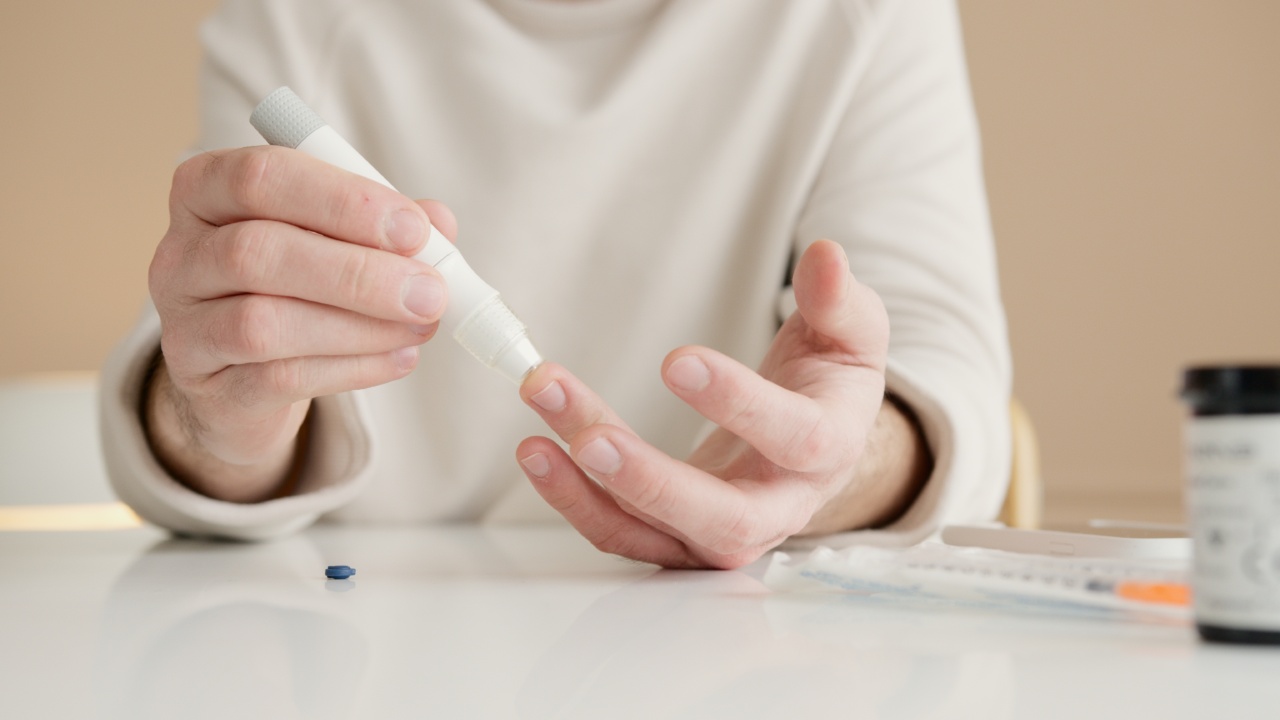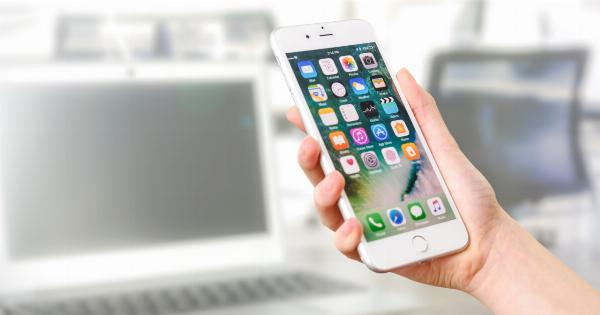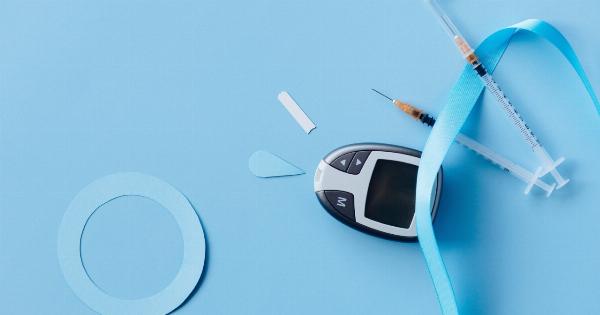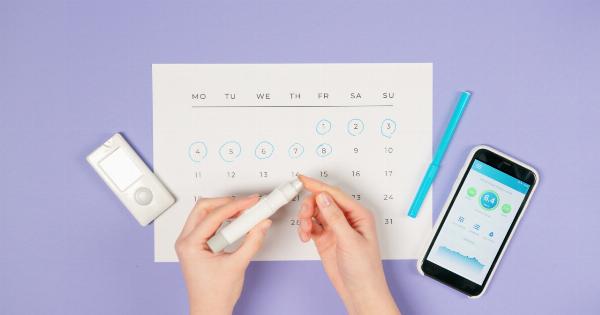For people with diabetes, measuring blood sugar levels is a daily reality. Traditionally, this has meant pricking their fingers multiple times a day. However, new technology has made it easier for people to monitor their sugar levels without discomfort.
In this article, we explore the no more painful finger pokes sugar measuring device, also known as the continuous glucose monitoring (CGM) device.
What is the CGM device?
The CGM device is a small sensor that is inserted under the skin and connected to a transmitter. The sensor measures glucose levels in the interstitial fluid, which is the fluid that surrounds the body’s cells.
The transmitter sends this information to a receiver, which displays the glucose readings.
How does the CGM device work?
The CGM device measures glucose levels every few minutes, which allows for continuous monitoring. The information is sent to the receiver, which displays the glucose readings throughout the day and night.
This allows people with diabetes to monitor their glucose levels without the need for finger pricks.
Benefits of the CGM device
The benefits of using the CGM device include:.
- Continuous monitoring of glucose levels
- No need for finger pricks, which reduces pain and discomfort
- Improved glucose control, as people can make adjustments to their insulin dosages and food choices based on real-time glucose readings
- Reduced risk of hypoglycemia and hyperglycemia
Who can use the CGM device?
The CGM device is recommended for people with type 1 or type 2 diabetes who:.
- Require frequent blood glucose monitoring
- Experience hypoglycemic events
- Have difficulty achieving glucose control with traditional blood glucose monitoring techniques
- Are pregnant and have diabetes
How to use the CGM device
To use the CGM device, a small sensor is inserted under the skin, typically on the abdomen. The sensor is connected to a transmitter, which sends glucose readings to a receiver. The receiver can be a standalone device or an app on a smartphone.
The sensor is typically replaced every 7-14 days.
How accurate is the CGM device?
The CGM device is a highly accurate way to measure glucose levels. However, it is possible for the device to have occasional inaccuracies due to factors such as sensor placement, sensor calibration, and interference from medication.
It is important to note that the CGM device is not a replacement for traditional glucose monitoring, but rather a tool to supplement it.
Cost of the CGM device
The cost of the CGM device varies depending on the brand and the country of purchase. In general, it is more expensive than traditional blood glucose monitoring techniques. However, many insurance plans cover the cost of the CGM device.
It is important to check with your insurance provider to see if you are eligible for coverage.
Potential future developments
Researchers are exploring ways to improve the CGM device, including:.
- Improving accuracy
- Reducing size and weight
- Increasing battery life
- Exploring new ways to interpret CGM data
- Developing new sensor technologies
Conclusion
The CGM device is a valuable tool for people with diabetes who require frequent glucose monitoring.
It offers continuous monitoring without the discomfort of finger pricks and enables people to make real-time adjustments to their insulin dosages and food choices. While more expensive than traditional glucose monitoring techniques, many insurance plans cover the cost. With ongoing research and development, the CGM device is likely to become an even more effective tool for glucose control in the future.




























